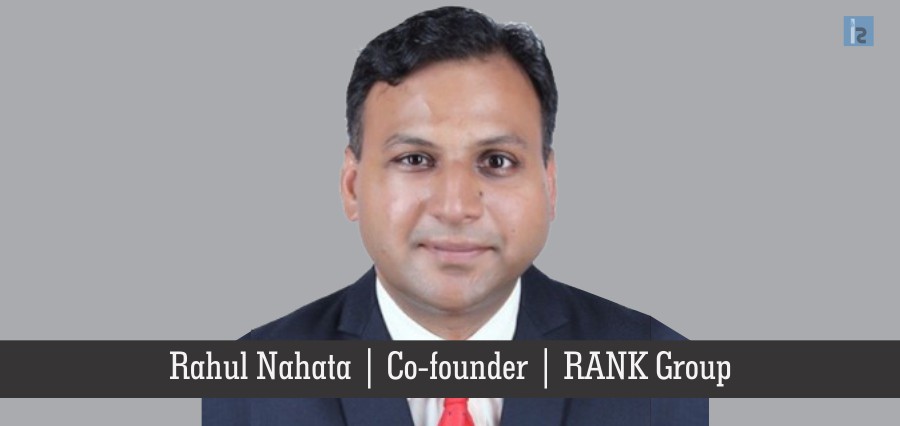RANK Group is an established financial consulting group whose main areas of concern lie in advisory services and debt syndication. In the last five years, it has been successfully able to deliver innovative structured financial solutions. The company has fruitfully expanded over the years due to their immense knowledge, business acumen, keeping regular updates on industry trends and deep understanding of the client’s requirement. It offers independent and insightful support at each stage of business.
About the Author
Rahul Nahata, is a Chartered Accountant by profession having an extensive experience of more than fifteen years. He is the Co-founder of RANK Group having the motto of “Addiction of value Addition”. His determined self always strives to add value with the solution-oriented exceptional ideas and approach while catering to the clienteles. He strongly believes that organic growth of all the stake holders will ensure growth of an organization and is easily approachable to all in the organization lending a peaceful ear to everyone around.
In today’s Global economy wherein ownership and management are separate, operations of business are wide spread and conducted remotely, Internal Audit (IA) is not just another statutory requirement but it is an approach towards risk based internal assessment. IA has become an implementation tool for achieving organizational goals.
IA helps you identify areas where your business can save vital resources i.e. time and money by examining the areas prone to inherent business risks.
IA is an independent management function which involves continuous and critical appraisal of the functioning of an entity with a view to strengthen the overall mechanism of the entity including entity’s strategic risk management and internal control system.
Evolution of Internal Audit
Over the period of time Internal Audit has evolved from a reactive model to a proactive model
Internal Audit function is expected to add value by highlighting leading industry best practices, acting as independent advisor to all stakeholders & actively participate in enterprise risk management.
| Traditional (Reactive) Model | New Age (Proactive) Model |
| Audit in silos | Risk based (Integrated) audit |
| Auditing around the system | Auditing within the system |
| Bottom–up approach | Top-down approach |
| Act as an internal control | Controls embedded within the process & fixing process owner accountability for continuous monitoring |
| Focus on limited principals such as compliance and assurance. | Concurrent focus on multiple principals such as risk assessment, compliance, cost reduction, etc. |
New Age Internal Charter

Purpose of Internal Audit

Process involve in Internal Audit

Internal Audit prima facie revolves around identifying the risk and undertaking the corrective measures to mitigate the risk. Following are the activities an organization need to undertake to ensure that objectives of the organizations are achieved.



